Enhancing Human Connections To Nature In The Built Environment – Oliver Heath
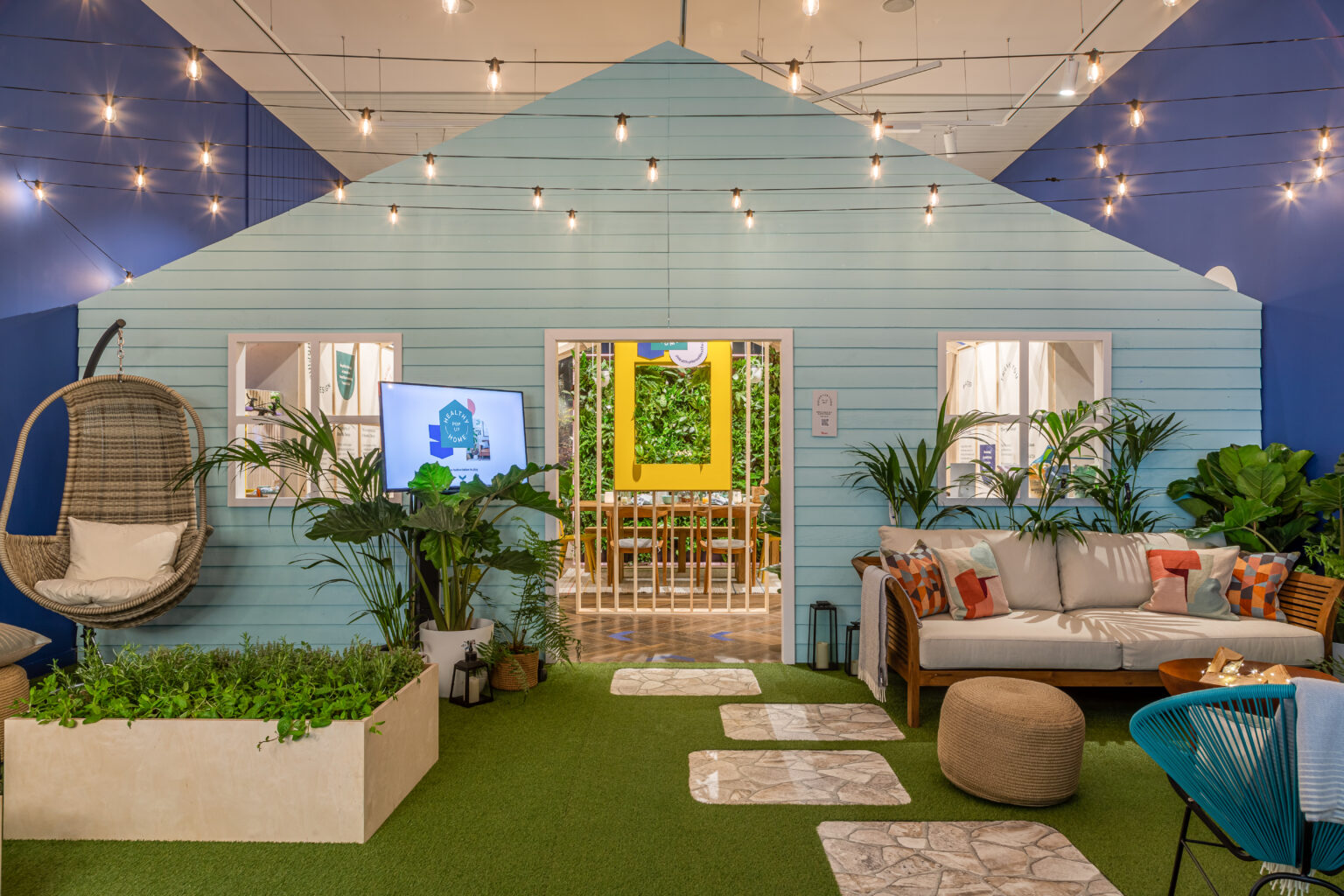

Quiet Mark collaborated with Oliver Heath Design for this piece by George Dean for a Designerati series featuring designers, architects, and senior professionals talking about future-proof design.
Oliver Heath, Director at Oliver Heath Design Ltd, in collaboration with Quiet Mark, discusses sound and biophilic design, as well as why the need for its implementation is now greater than ever before.
The Importance of Sound
Architecture and professions relating to design in the built environment have historically focused on the aesthetic aspects of space. Often excluding the other senses which we rely heavily on to navigate the environments we inhabit – be that sound, touch or scent.
Along with air, light, water and thermal quality, sound is one of the key concepts of wellbeing led design, a trend that is on the rise. Only 5 or so years ago, designing inclusive, accessible spaces, and specifying sustainably produced building materials were considered as nice-to-have bolt ons, whereas today one wouldn’t even consider not doing so. The specification of acoustic materials for wellbeing is still in the accessory phase, but is quickly becoming a must-have, as highlighted by the recent partnership between Third Party Certification, Quiet Mark and NBS, a leading construction data and specification platform.
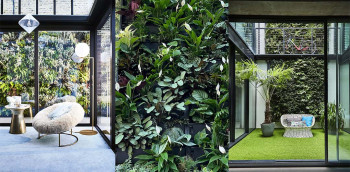
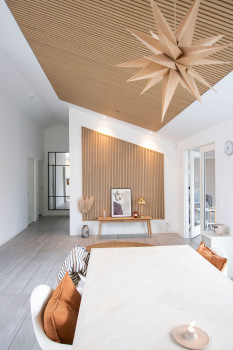

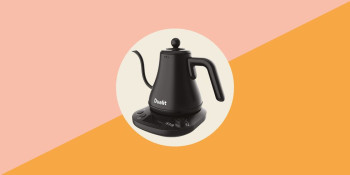
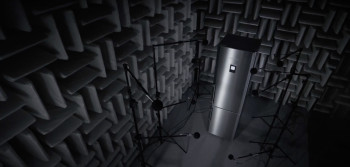







 Quiet Mark Founder
Quiet Mark Founder